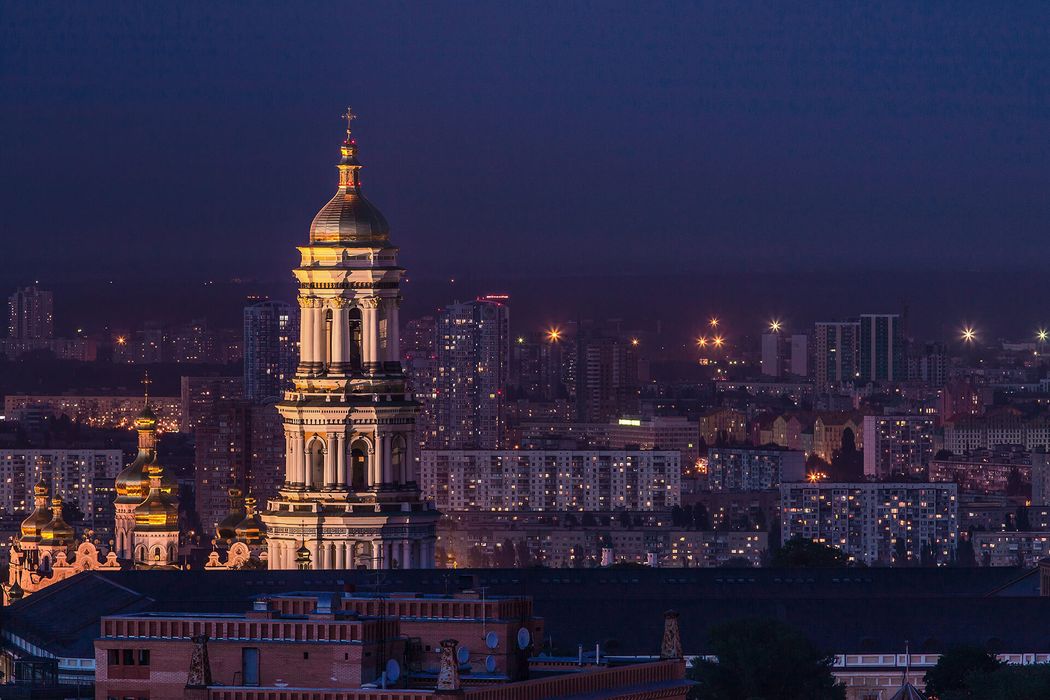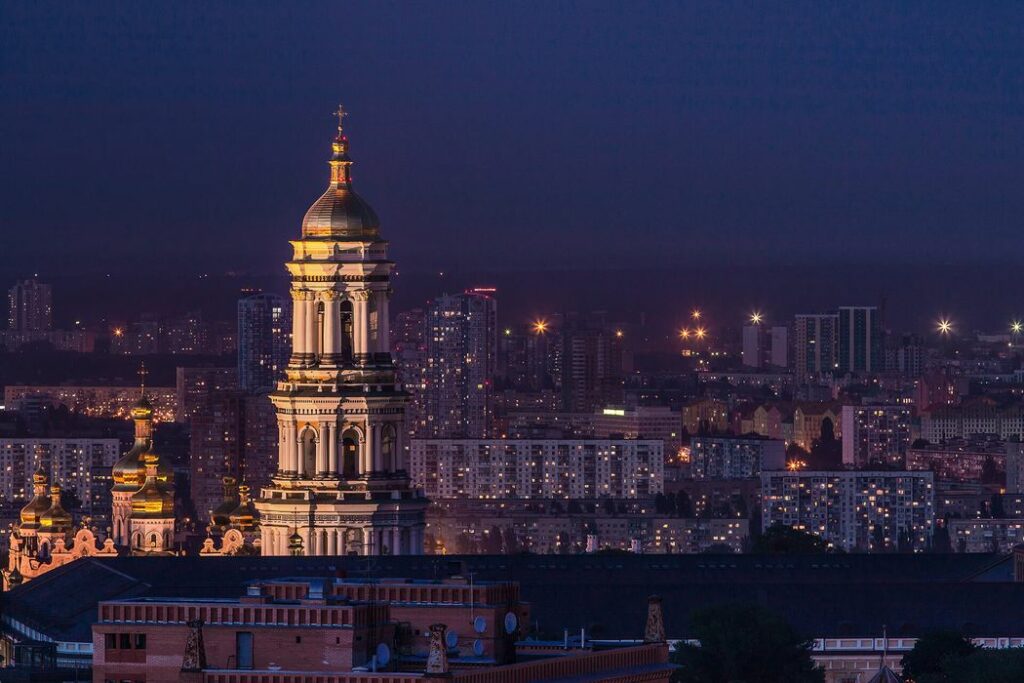
There are moves underway to develop additive manufacturing operations in Ukraine, and we believe everyone should pitch in to help.
I spoke at length with Alexander Mertens and Sergei Naleskin, who are coordinating efforts in that country. I connected to them through Eugene Giller of RIZE fame, and who now operates Palitra, a company that produces full color 3D printing equipment.
As everyone knows, Ukraine is currently enduring an aggressive invasion in the east from neighboring Russia. This ongoing event has caused turmoil in much of the country, yet even so there are plenty of areas in the western regions still operating more or less normally.
Nevertheless, sections of Ukraine’s industrial east have been devastated by Russia, causing workers to lose their homes and jobs, and fleeing to the safer western parts of the country. There, they seek new jobs.
It’s important to note that Ukraine is quite an advanced country in many respects. They are well-known for their software expertise, for example. I personally know of several highly successful software operations in Ukraine that have long offered highly skilled programmers at very low cost to western countries in a kind of overseas offering model.
The manufacturing team above looks to be attempting to organize something similar, but for advanced manufacturing instead of software. It may indeed work, as they seem to have many of the pieces already at their disposal.
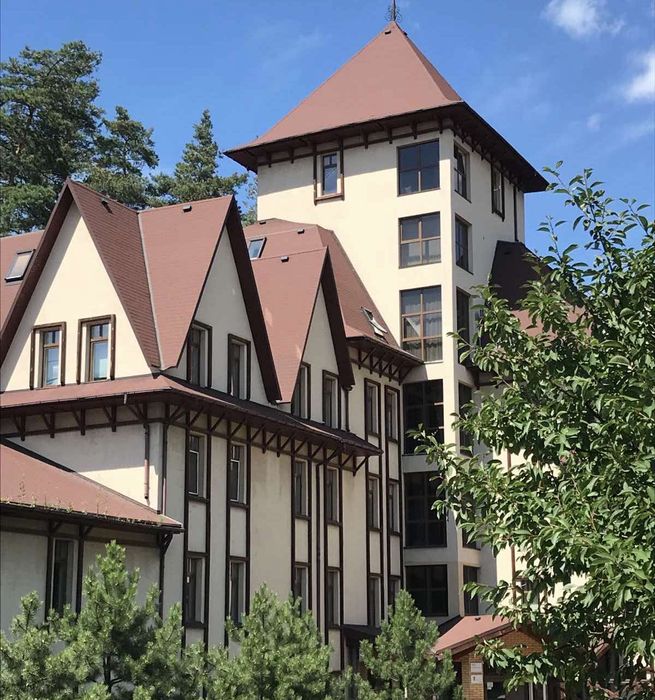
They have a large space available for development in the far western part of the country, quite near the border, and about as far away from the war as you can get and still be in Ukraine. The country also has inexpensive electricity, which will also be useful in setting up new additive operations.
The key, of course, is people. With the eastern areas vacated of businesses, there are large numbers of highly experienced engineers and designers available. They’re also not going anywhere, as Ukraine currently does not allow military-aged males to leave the country. That said, there are some previously outside the country, but Naleskin believes many would return to Ukraine to work using their speciality training in companies if spots were available.
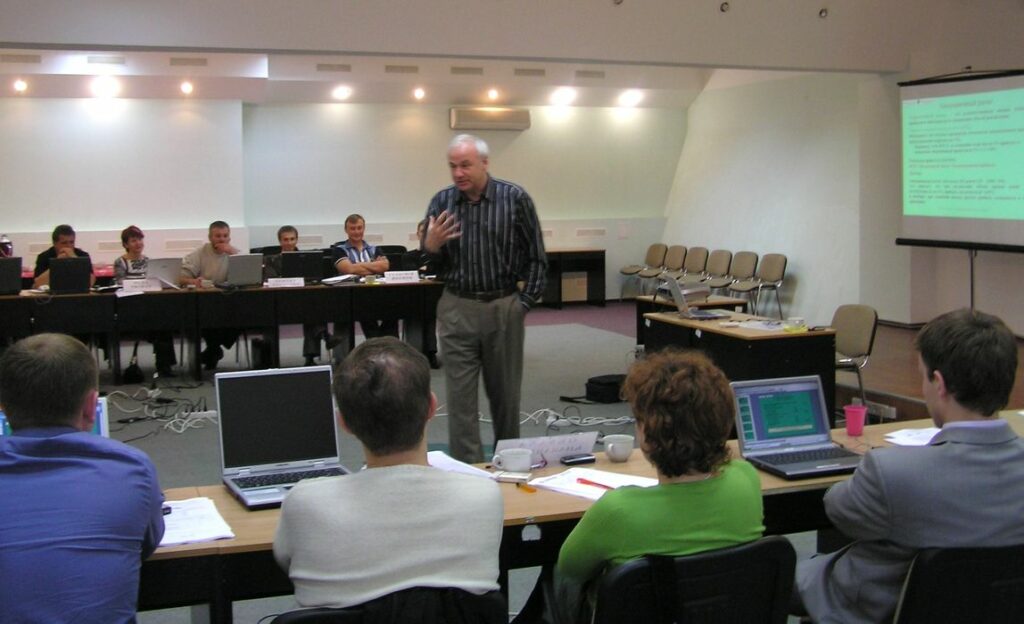
They also have significant training capability. Mertens has long been a business school professor at the leading business school in Ukraine, and has a considerable educational network.
Naleskin said their original idea was to create an advanced manufacturing center near Kyiv, but eventually realized the engineers needed some training upgrades as their skills relate to older equipment. Naleskin explained:
”We tried to understand what is necessary to link interactions with industrial processes, both during and after the war, using new technology instead of old processes in manufacturing.
We know many people are involved in this, but their technology is not up to date. There is 3D manufacturing equipment, but it’s not very new. It’s necessary to get absolutely new everything!
Computer programs, 3D printers, scanners, everything is necessary to teach people.”
Giller explained:
“We are looking for partners to help educate from design to manufacturing. We are connected to several young companies in Ukraine, but they have a rudimentary understanding of advanced techniques and equipment. They do understand subtractive manufacturing, but have limited additive and mass production experience.”
They want to make a new, institute of modern technology, including additive manufacturing.
The group does have quite a bit of experience operating joint educational programs with UK, Canada and the USA, with connections to universities and developers. This will be of great use when additive partnerships evolve.
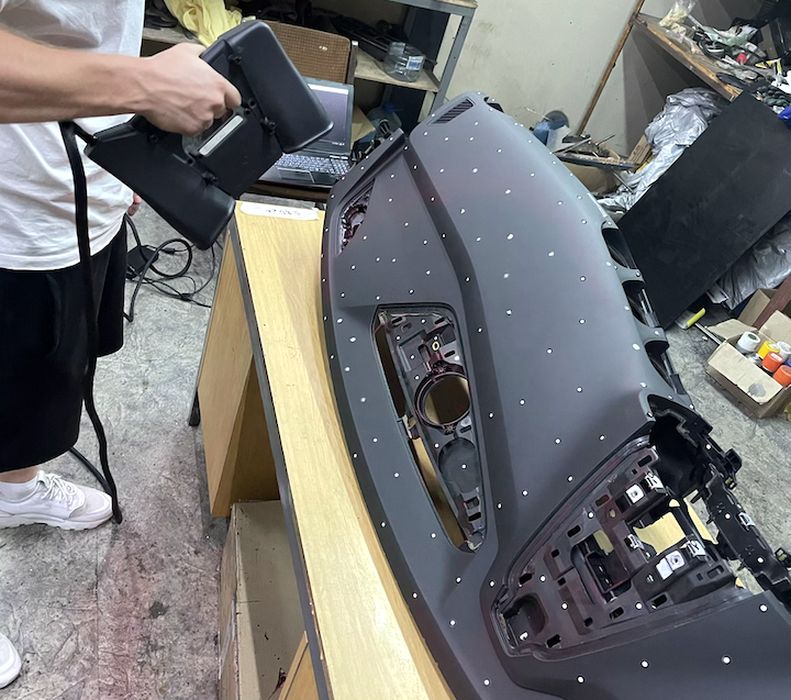
One of the pieces they don’t have is equipment. According to Mertens, there are very few advanced 3D printers in Ukraine:
“We surveyed for 3D printers, and found only one HP device in Odessa, with intentions of buying one more; there are 2 Formlabs Fuse 1 machines, and one Formlabs SLA device. For SLS, there is one Sinterit device. Mostly there are inexpensive Asian devices, but they are not that useful for manufacturing. Our SLA profile is very basic, and we need CAD licenses.”
The country apparently has no metal 3D printing capacity whatsoever at this time, and that’s almost a requirement for today’s advanced manufacturing practices.
Mertens added:
“The demand side deeply needs development of modern technology for production. Ukraine lost a large part of production potential in the east, as well as disrupted logistic chains.
On the supply side there are lots of qualified engineers. Sievierodonetsk [a major city in the industrial east of Ukraine] was recently flattened by Russia. The people are now spread out and need jobs.”
For now the group has set up a new website, 3D Print Ukraine, while they develop plans for the additive manufacturing center. Meanwhile, the site offers the ability to 3D print a variety of interesting items, such as the “3D Printed Sunken Russian Warship” or the “3D Printed Ukrainian Salute To Invaders – Middle Finger”.
While these prints may seem fun, both Mertens and Naleskin say the funds raised by sale of these items is extraordinarily valuable to those in Ukraine, and I encourage readers to check out their offers.
How To Help 3D Print Ukraine
Hearing all this, it seems clear to me that this group needs assistance and partnership from western 3D printer companies to help develop their additive manufacturing center.
If there are any readers from companies like EOS, 3D Systems, Stratasys, Formlabs, Desktop Metal, Autodesk, Dassault, Autodesk, Markforged, SLM Solutions, GE Additive, Siemens, HP and others, please consider contacting the group through their website to discuss opportunities to partner on equipment and software licenses. Smaller companies can also consider participating. For example, companies like Xact Metal, Minifactory, and Massivit all offer advanced manufacturing capabilities that would certainly be more than welcome in Ukraine.
One concept that might fly in my mind is a hybrid operation where there is an additive production center combined with an educational program. The program could produce workers for the additive operation, which could then make inexpensive parts for the west.
Of course, there are many other possibilities, and that’s up to discussions between the Ukraine group and western providers.
The war that’s currently underway won’t last forever, and when it ends Ukraine will resume its path towards advanced technology, as its engineering history demonstrates. It might be a very strategic move to start the establishment of facilities now in preparation for major growth later.
This could be a significant long-term opportunity.
If you’ve gotten this far into this piece, please consider contacting Ukraine to see how you and your company can help.
Via 3D Print Ukraine

